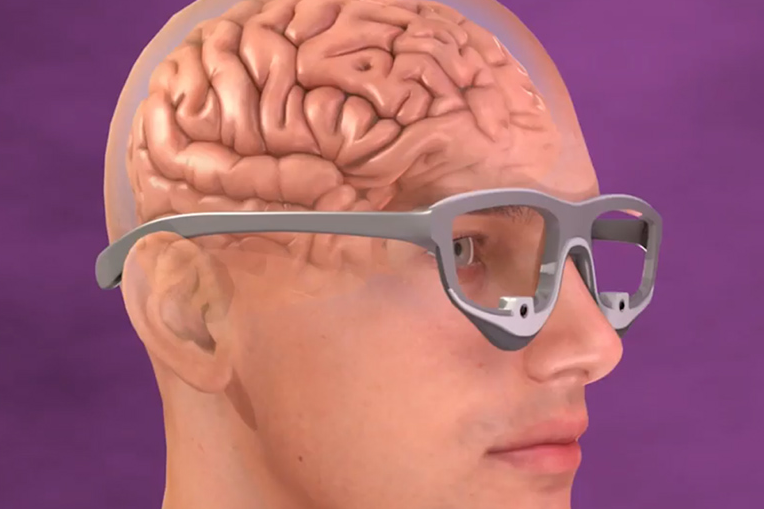Optogenetic brain system for blindness
Researchers at SUNY Downstate Health Sciences University in Brooklyn are working on a science fiction-esque optogenetic technology to give blind people the ability to see.
The OBServ visual prosthetic system involves genetically engineering neural cells and a brain implant with camera and video projector to restore loss of central vision in people with age-related macular degeneration (AMD), as well as having wider applications.
Part of the Brain Research through Advancing Innovative Neurotechnologies (BRAIN) Initiative organised by the National Institutes of Health (NIH), the technology aims to turn neurons within the visual pathway into photoreceptors that bioluminesce when firing, with a feedback loop to ensure the proper signals are transmitted to and received by the neurons. Eye trackers would be used to select which images are transmitted to the brain.
NIH director Dr. Francis Collins released details of the new approach on his Director’s Blog. He said, “While this might sound like the stuff of science-fiction (and this actual application still lies several years in the future), the OBServ project is now actually conceivable thanks to decades of advances in the fields of neuroscience, vision, bioengineering, and bioinformatics research.”
Dr Collins said OBServ’s potential extends far beyond vision loss. “This project provides hope that once other parts of the brain are fully mapped, it may be possible to design equally innovative systems to help make life easier for people with other disabilities and conditions.”



























